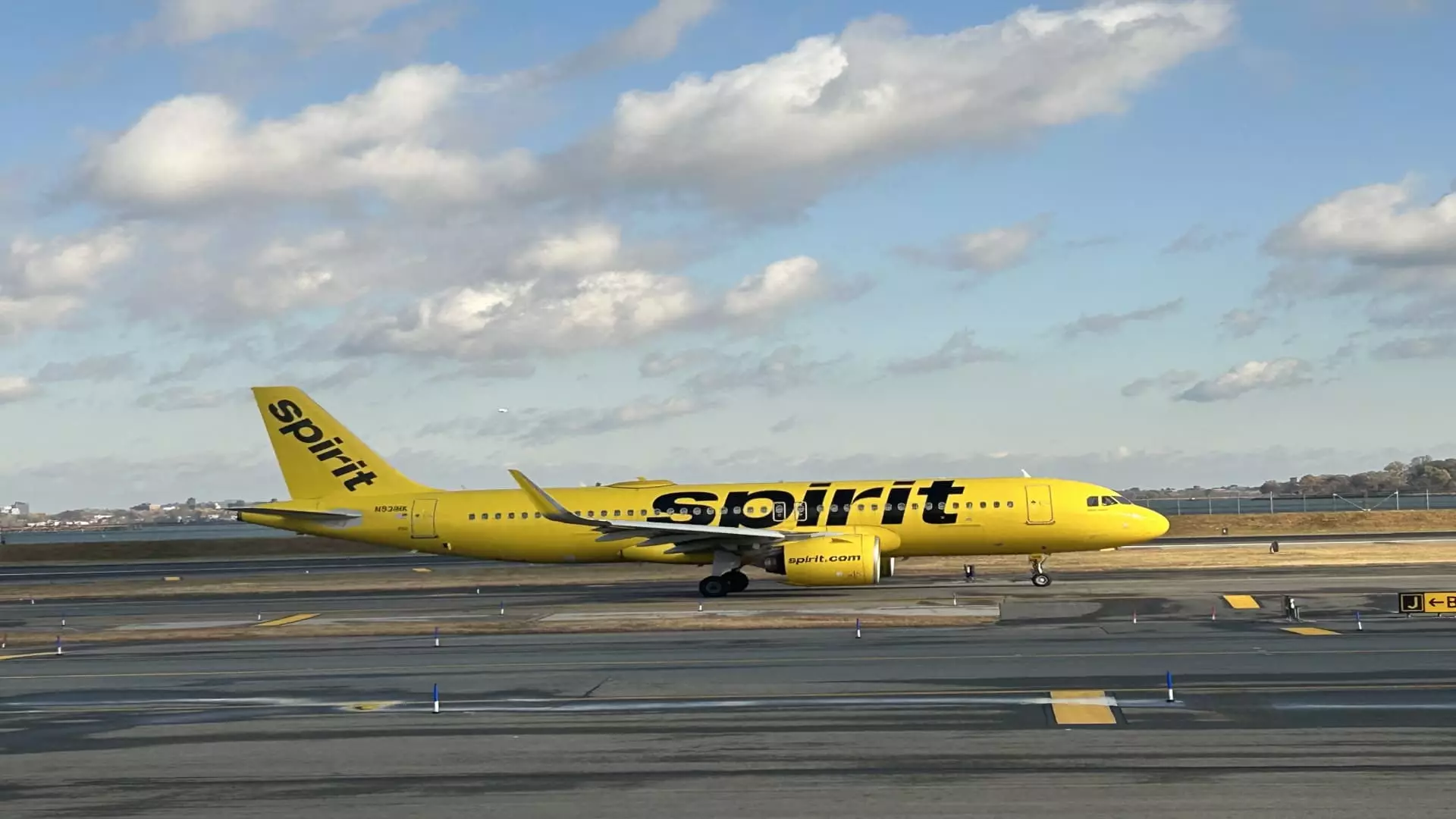The airline industry has been fraught with challenges, and Spirit Airlines exemplifies the struggles many budget carriers face in a post-pandemic environment. In a recent move to bolster its financial health, Spirit announced the elimination of approximately 200 jobs as part of a broader strategy to streamline operations. This decision comes on the heels of their Chapter 11 bankruptcy filing in November, a step taken to manage an overwhelming financial burden. With the airline seeking to “rightsize” its organization, it is clear that extensive restructuring is necessary to adjust to a dramatically shifting market landscape.
With a pre-bankruptcy workforce of about 13,000 employees, the latest round of job cuts highlights the company’s ongoing challenges in maintaining operational efficiency. A significant portion of the workforce, around 84%, is represented by unions, although the current layoffs predominantly target nonunion positions. This raises concerns about the company’s approach to labor management and its potential implications for employee morale and loyalty. Prior efforts to mitigate costs included furloughing pilots and offering voluntary leaves for flight attendants, demonstrating the airline’s struggle to balance financial pressures with the well-being of its staff.
Spirit’s financial woes have deepened since the thwarted merger attempt with JetBlue, which was blocked by antitrust concerns. This rejection not only stifled potential growth opportunities but also exacerbated existing issues, such as a costly Pratt & Whitney engine recall and escalating labor expenses. These challenges reveal a multifaceted dilemma: while budget airlines compete fiercely for market share, external pressures can significantly undermine their operational stability. In light of this complex backdrop, Spirit’s measures to downsize its fleet and adapt its service network seem less like isolated decisions and more a necessity for survival.
Cost-Saving Strategies and Future Outlook
In its efforts to achieve a projected $80 million in annualized cost reductions, Spirit is undertaking various operational efficiencies. The focus on job cuts, coupled with the sale of portions of its Airbus fleet, indicates a comprehensive re-evaluation of financial practices and resource allocation. Spirit’s commitment to transparency through communiqués to stakeholders about these decisions illustrates an understanding of the need to foster trust as it faces turbulent times. The airline aims to emerge from bankruptcy in the near future, which will require not just cuts, but also a clear plan for recovery and growth post-bankruptcy.
Spirit Airlines’ recent layoffs, while painful, represent a critical step towards stabilizing an airline weathering a perfect storm of industry challenges. As the airline navigates these turbulent waters, the long-term outlook will depend on its ability to adapt to the new realities of air travel. The operational efficiencies identified now may very well be the backbone of a revitalized organization that learns from its past mistakes while striving for a more sustainable future. The airline’s journey will be one to watch, as the broader industry also grapples with similar issues in the changing economic landscape.


Leave a Reply